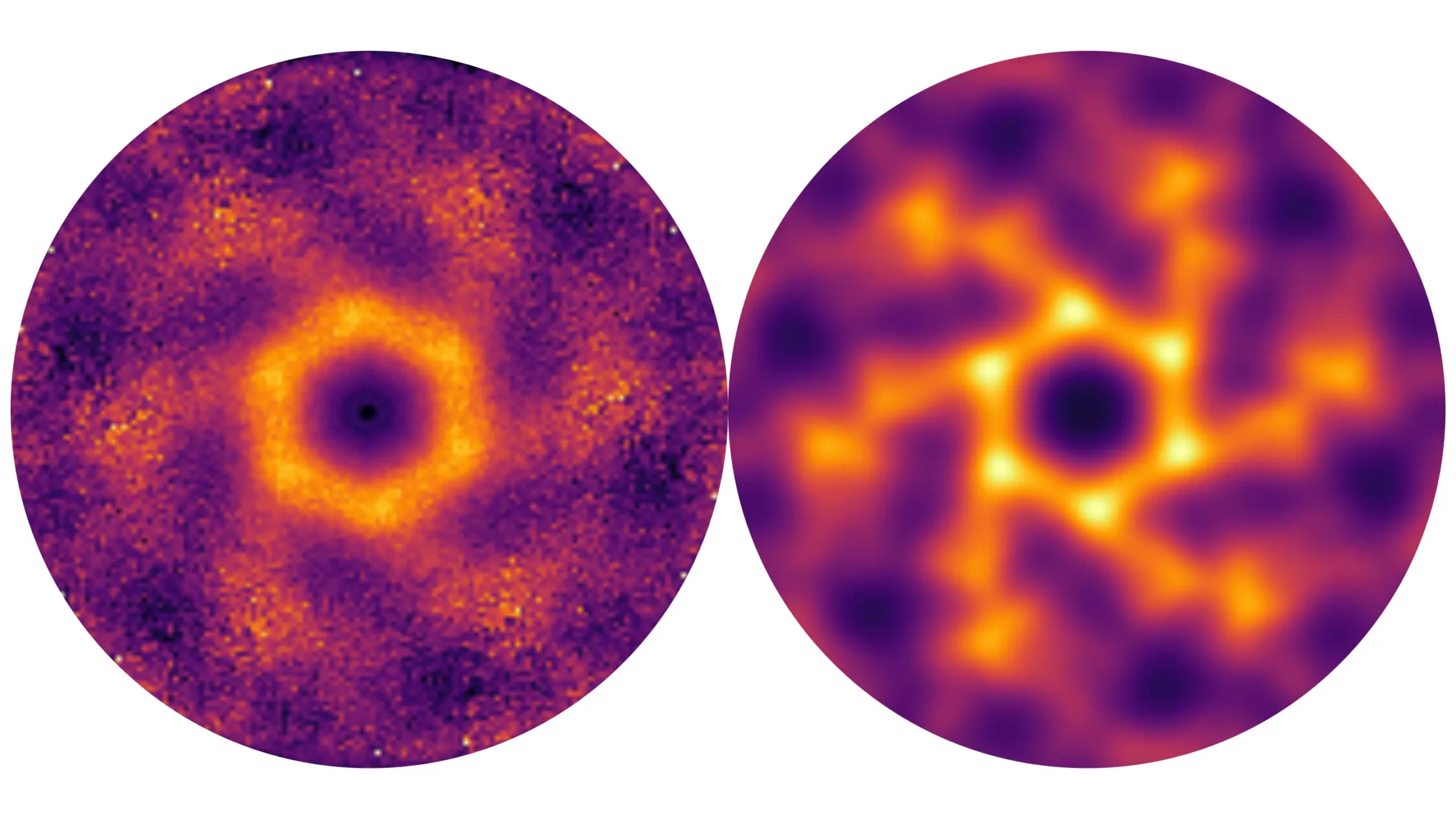In a groundbreaking discovery, researchers have uncovered a 3D quantum spin liquid in the vicinity of a langbeinite family member. The unusual behavior exhibited by this material is a result of its specific crystalline structure and magnetic interactions, leading to the formation of an island of liquidity. This discovery was made possible through a collaborative effort involving experiments at the ISIS neutron source and theoretical modeling on a nickel-langbeinite sample.
When spins within a crystal lattice are unable to align in a manner that minimizes their energy, it results in a phenomenon known as magnetic frustration. In the case of the langbeinite material, this frustration reaches a point where the spins continue to fluctuate in a disordered manner, even as the temperature approaches absolute zero. This behavior gives rise to the formation of a quantum spin liquid, which has extraordinary properties, including topologically protected phenomena that could have practical applications in future technologies.
Initially, quantum spin liquids were predominantly studied in two-dimensional structures. However, the recent discovery in a 3D langbeinite material showcases that this phenomenon can also manifest in three-dimensional systems, albeit less frequently. Langbeinites, which are sulfate minerals, provide a unique platform for exploring quantum behavior due to their specific crystalline structure.
In the langbeinite crystals with the molecular formula K2Ni2(SO4)3, the magnetic element nickel plays a crucial role. The nickel ions form trillium lattices that are intertwined with each other, leading to the desired magnetic frustration. When an external magnetic field is applied, the system further exhibits quantum spin liquid behavior, as the magnetic moments of the nickel ions are unable to align optimally and instead fluctuate.
Researchers, led by Ivica Živković and Johannes Reuther, were able to observe magnetic fluctuations in the langbeinite samples at the ISIS neutron source in Oxford. The experimental data obtained at low temperatures, even as high as 2 Kelvin, demonstrated the presence of quantum spin liquids. The theoretical models developed by the team provided insights into the complex interactions within the system, with calculations based on Feynman diagrams and pseudo-fermion function renormalization group (PFFRG) methods.
The study on langbeinites highlights the potential of exploring new classes of materials for quantum behavior. The synthesis of novel representatives within this material class by physicist Bella Lake’s team opens up avenues for further research on 3D quantum spin liquids. This discovery not only expands our understanding of quantum phenomena but also paves the way for the development of advanced technologies utilizing the unique properties of these materials.
The discovery of a 3D quantum spin liquid in langbeinites represents a significant advancement in the field of condensed matter physics. By unraveling the underlying mechanisms that give rise to this quantum behavior, researchers have shed light on a previously unexplored class of materials. Moving forward, continued research on langbeinites and similar compounds could lead to the development of novel quantum technologies with unprecedented capabilities.


Leave a Reply